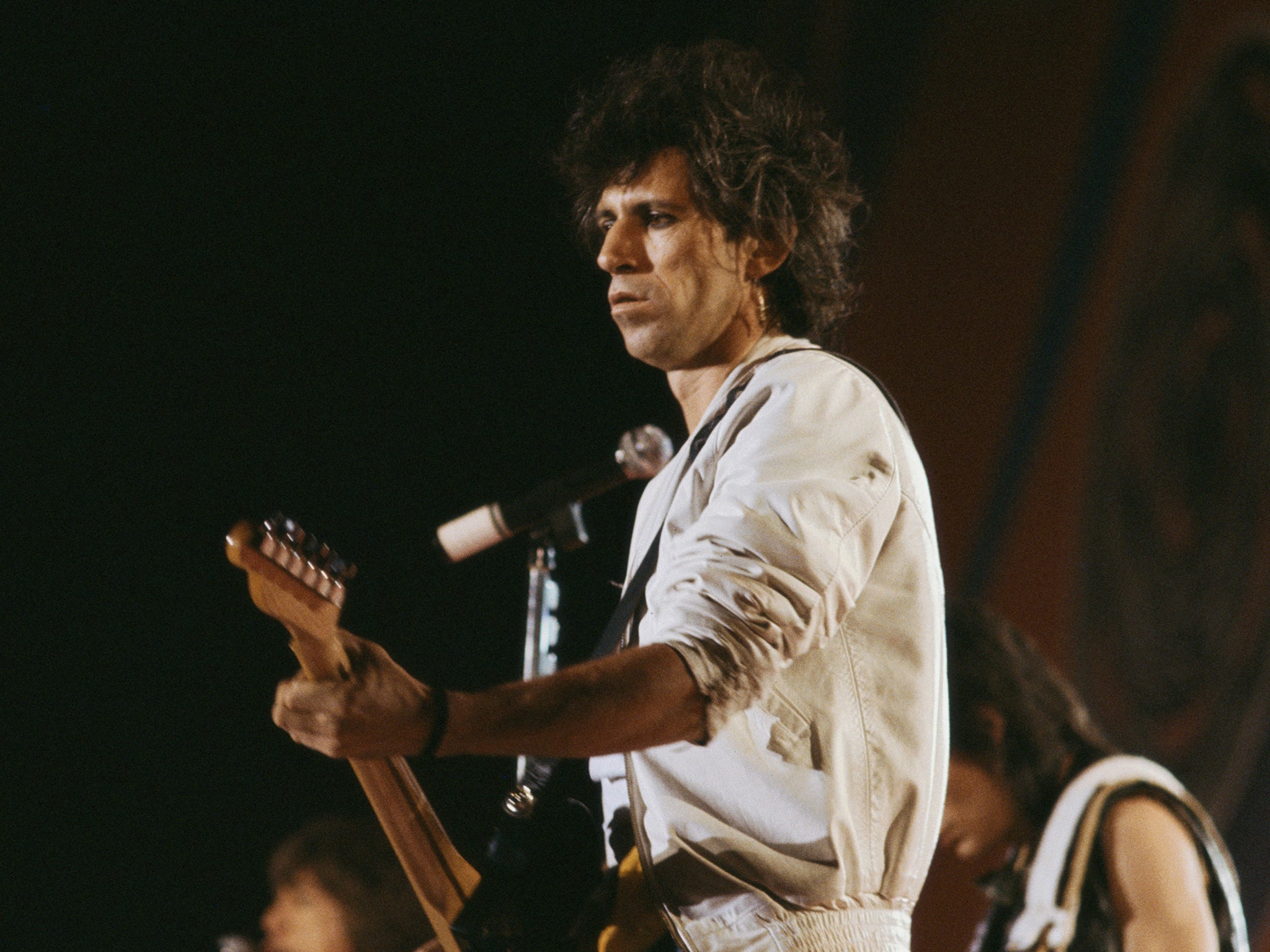Rhodri Marsden's Interesting Objects: The Fuzz-Tone FZ-1
The little box played a key role in the song that 'really made the Rolling Stones'

* On 12 May 1965, Keith Richards was sitting in the RCA Studios in Hollywood, working on the now famous introduction to "(I Can't Get No) Satisfaction". "I was imagining horns," he later wrote in his autobiography, "trying to imitate their sound to put on the track later." With no horns or horn players in the vicinity, Richards plugged his guitar into a littleknown (and at the time little-loved) box called the Maestro Fuzz-Tone FZ-1.
* The patent for the device - filed in 1962 by Gibson Electronics of Kalamazoo, Michigan - describes it as "a tonemodifying attachment which will permit stringed musical instruments such as guitars [to simulate] trumpets, trombones and tubas." Gibson had launched it back in 1962 with high hopes, producing 5,000 units which were shipped out to dealers and put on sale for $40 each. The response was muted - as the story goes, Gibson shipped no units at all in 1964. Guitarists, it seemed, just weren't looking to sound like trombonists.
* The sound of distorted guitars, however, was becoming cool. The Kinks scored a big hit with "You Really Got Me" in the summer of 1964, its distinctive guitar sound achieved by slashing a guitar speaker with a razor blade. Guitarists were now subjecting their equipment to all manner of "accidental" damage in the hope of getting an edgier tone. The Fuzz-Tone FZ-1 would have answered their prayers, but it was being sold as a device to simulate trombones.
* "Satisfaction" was first released 50 years ago today. Richards was reportedly "mortified" when he discovered that his fuzzed guitar had been used on the record, but it became the song that, according to Mick Jagger, "really made the Rolling Stones". And by the end of 1965, Gibson had sold more than 40,000 Fuzz-Tone pedals.
Join our commenting forum
Join thought-provoking conversations, follow other Independent readers and see their replies
Comments